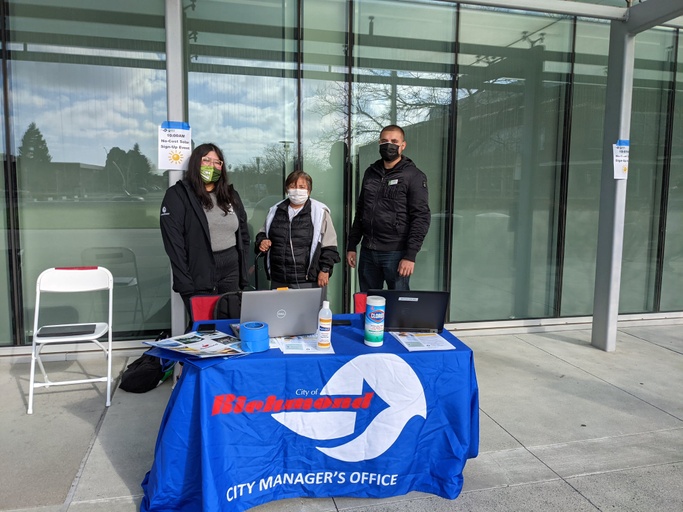April 17, 2022
Topic
The Environmental Health Initiatives Division of the City of Richmond has played an instrumental role in my professional development and capacity-building accomplishments at my service site thus far. Notably, my collaborative work with local non-profits, community-based organizations, and utilities in bringing a variety of energy efficiency and renewable energy programs to Richmond residents and businesses located in Disadvantaged Communities (DACs). All of which would not have been possible without the guidance of my Site Supervisor and her close-knit relationships with Marin Clean Energy (MCE), California’s first Community Choice Aggregation (CCA) and the non-profit solar provider, GRID Alternatives. Recently, I’ve started stepping up and assuming her role in stakeholder meetings, which has played an essential part not only in my personal growth in relationship building and facilitation, but also in changing and improving the way we source and deliver energy in Richmond and around the Bay Area.
An in-the-works project that fully represents Richmond’s farthest reaching energy equity program would have to be the Energize Richmond 2.0 Program for Multifamily Properties. The City has partnered with Marin Clean Energy (MCE), to provide expanded rebates and services to renters of multi-family properties located in Richmond. While far reaching, the project does exhibit structural and program-related barriers due to the diverse building stock and ownership arrangements within the City of Richmond. Because Richmond has such a low homeownership percentage rate, the majority of the community is made up of renters of BIPOC background as opposed to homeowners concerned about potential displacement as a result of City-sponsored energy initiatives. Affordability and ensuring that rates are affordable for tenants once upgrades are deployed is another concern for community members. Now MCE and I are including affordability components and renter safeguards in the program’s scope of work to meet the community’s needs. Writing energy initiatives with strong tenant protections hasn’t been easy, but it’s incredible to think that during stakeholder meetings, I get to be their representative voice and advocate on behalf of the greater Richmond community.
Many of the City’s previous energy initiatives were missing an equity focus prior to my service year, thus these new projects highlight the City’s inclusive and equitable climate adaptation efforts. All of these projects are a part of the City’s effort to increase low-income adoption of energy efficiency measures and on-site renewable resources. Words cannot express how grateful I am for my involvement in lessening the likelihood of a so-called “green divide” in Richmond, in which the advantages of these resources are not equitably available to all. Being given the opportunity to incorporate equity components into the City’s energy projects and programs has truly been an honorable and heartwarming experience for me.
As I reflect on my project role at my service site, I never realized how extremely fortunate I am to be able to learn and work for a jurisdiction that prioritizes BIPOC, low-income, and disadvantaged groups in their day-to-day work and policy efforts. I myself know how bad it can feel to grow up in a city that ignores or dismisses community concerns and the voices of BIPOC groups. I’m proud of my work with MCE and GRID Alternatives as a fellow, where I am learning to make decisions on many issues including community planning, governance and advocacy.





